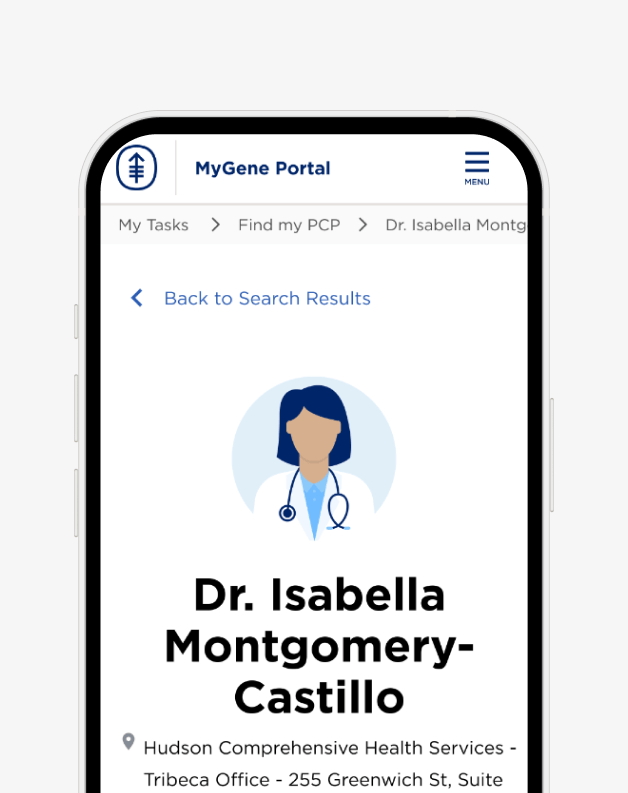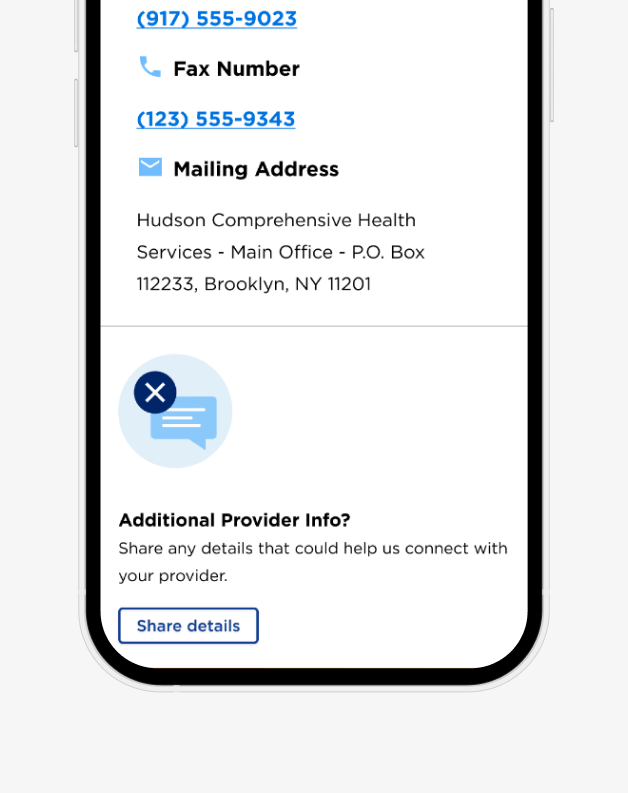Context
Studies show that most primary care doctors don't get enough information about their patients' cancer treatments. One study found that 78% of primary care doctors never received details about follow-up care plans from specialists. This communication gap leads to uncoordinated care, missed chances to prevent health problems, and confused patients trying to manage different doctors.
The Challenge
How might we: Ensure that primary care physicians remain informed about their patients' cancer treatment at MSK—without placing the burden on the patient to manually update them?
Status quo
A primary care doctor refers a patient to MSK for cancer treatment. The patient begins treatment at MSK, but their regular doctor isn't automatically updated. If patients want their regular doctor informed, they must share information themselves, which is often incomplete or late. Regular doctors typically can't access test results and treatment plans, making it harder to provide good care.
The Process
To start, we listened to people's stories. We talked with cancer patients and doctors about where care information fell through the cracks. These honest conversations showed us what frustrated them and what would help most. We then created a simple system to keep all doctors updated about cancer treatment, without patients having to do the work. We tested our ideas with real users and improved the design until it worked well for everyone.
Impact
User Engagement & Adoption: 100% of test participants successfully used the PCP connection feature. 59% called it "very easy" and another 15% rated it 4/5. Only 2% of users had trouble with the platform.
Call-to-Action Effectiveness: 24% of users suggested clearer CTAs, which we improved in later designs. After updating the wording, more patients connected their PCPs.
Impact on Care Coordination: Patients who connected their PCPs felt more confident their care was coordinated. PCPs said automatic updates helped them provide better care.


Learnings
Small wording changes have a huge impact Refining CTA language and educational messaging significantly improved opt-in rates.
Patients need to understand the "why" Providing clear value propositions for why connecting their PCP matters increased engagement.
Automating updates removes patient burden Patients don't want to be the middleman—designing an opt-in system with automatic updates solved this issue.
Collaboration with clinicians was key Continuous feedback from both PCPs and MSK clinicians helped ensure workflow alignment.
